Home>Technology>Home Entertainment Systems>How Does A Projector Work?
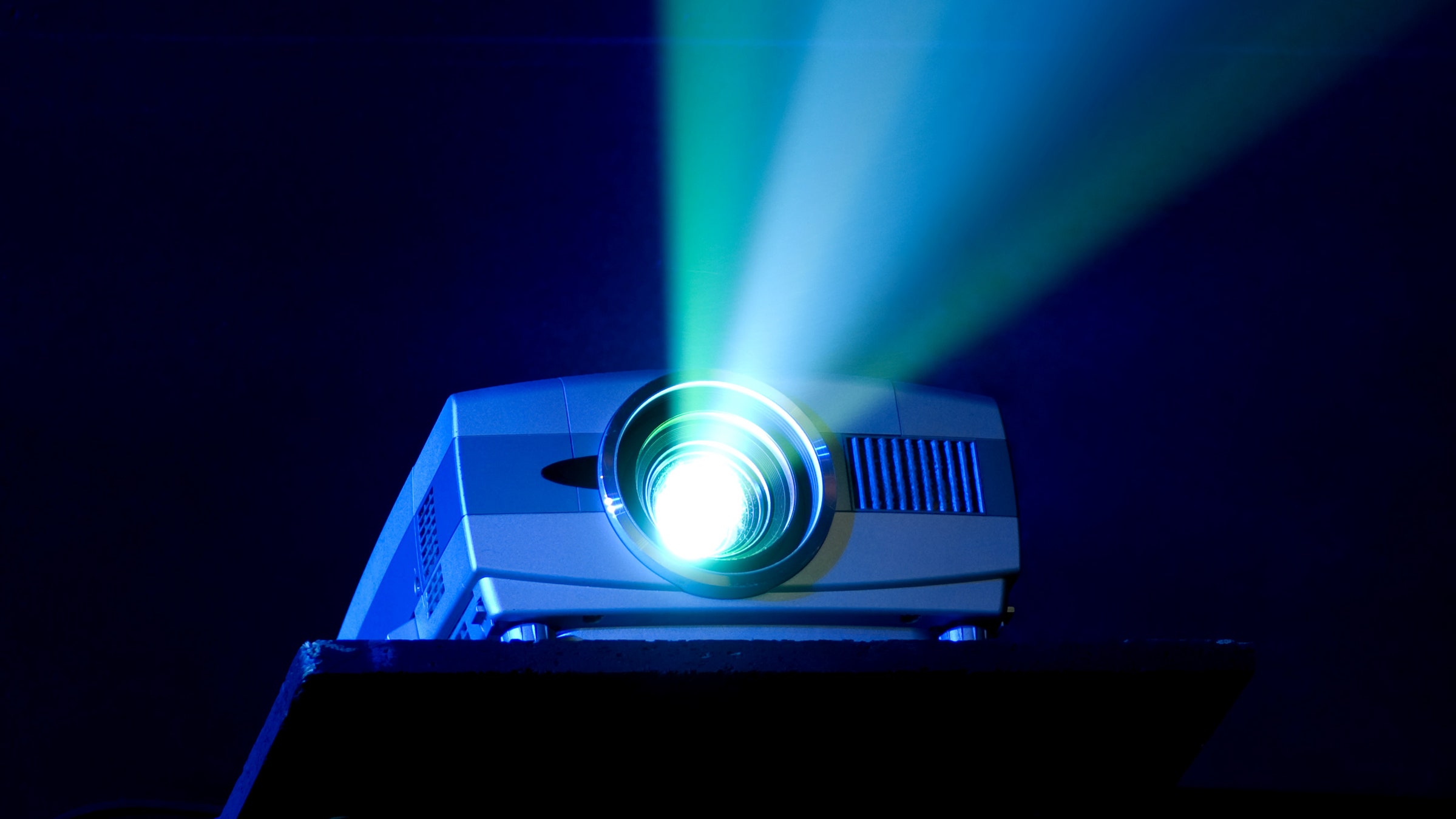

Home Entertainment Systems
How Does A Projector Work?
Modified: January 9, 2024
Discover how home entertainment systems work with projectors and enhance your viewing experience. Learn the technology behind projectors and their role in creating immersive cinematic environments.
(Many of the links in this article redirect to a specific reviewed product. Your purchase of these products through affiliate links helps to generate commission for Storables.com, at no extra cost. Learn more)
Introduction
Welcome to the world of immersive entertainment! Have you ever marveled at the larger-than-life images projected onto a screen, transforming your living room into a cinematic experience? This magic is made possible by a remarkable device known as a projector. Whether you're a movie buff, a gaming enthusiast, or a professional presenter, projectors have become an integral part of modern home entertainment systems, offering a captivating visual experience that surpasses traditional televisions.
In this article, we're going to delve into the fascinating realm of projectors, exploring their inner workings, the various types available, and the advantages they offer. By understanding how projectors function and their unique features, you'll gain valuable insights into the technology that brings your favorite movies, games, and presentations to life on the big screen.
So, let's embark on this enlightening journey to uncover the mysteries behind the captivating world of projectors. Whether you're a novice seeking to learn the basics or a seasoned enthusiast eager to delve deeper, there's something for everyone in the wondrous realm of projection technology.
Key Takeaways:
- Projectors use light and optics to create larger-than-life visuals, perfect for home theaters and gaming. They have various types catering to different needs, offering immersive experiences for all.
- While projectors provide immersive visuals and versatility, they require careful consideration of environmental factors and maintenance. Understanding their advantages and limitations is key to maximizing their potential.
Read more: How Does A Film Projector Work
Basics of Projection
At its core, projection technology involves the display of visual content on a surface, typically a screen or wall, using a device capable of magnifying and casting images. This process enables the creation of large-scale visuals that far exceed the dimensions of conventional television screens, making projectors an ideal choice for home theaters, gaming setups, and professional presentations.
Understanding the basics of projection begins with the fundamental principles of light and optics. When an image is displayed on a screen, it is the result of light being manipulated and directed to form the desired visual output. Projectors achieve this by utilizing a powerful light source, optical components, and sophisticated image processing technology to project high-definition images with exceptional clarity and detail.
Moreover, the concept of projection extends beyond mere visual reproduction, encompassing the ability to convey an immersive viewing experience that captivates audiences and elevates the enjoyment of multimedia content. By harnessing the principles of light manipulation and image magnification, projectors have revolutionized the way we consume visual media, offering an expansive canvas for larger-than-life entertainment.
As we venture deeper into the realm of projection technology, we’ll explore the intricate components that constitute a projector and unravel the mechanics behind its seamless operation. By gaining a comprehensive understanding of the underlying principles, you’ll develop a newfound appreciation for the ingenuity that powers these extraordinary devices.
Components of a Projector
Behind the mesmerizing display of vibrant visuals lies a sophisticated interplay of components that collectively form the anatomy of a projector. Understanding these integral parts is essential for comprehending the intricate mechanisms that drive the seamless projection of images onto a screen. Let’s take a closer look at the key components that constitute a typical projector:
- Light Source: The heart of every projector, the light source serves as the illuminating force that powers the entire projection process. Most modern projectors utilize high-intensity lamps, light-emitting diodes (LEDs), or laser diodes to generate a powerful beam of light that forms the basis of the projected image.
- Optical System: Comprising lenses, mirrors, and prisms, the optical system is responsible for manipulating and focusing the light emitted by the source. This intricate arrangement of optical components ensures that the projected image maintains optimal sharpness, brightness, and color accuracy.
- Imaging Device: Commonly referred to as the imaging engine, this component plays a pivotal role in converting electronic signals into visible images. The imaging device may take the form of a Digital Light Processing (DLP) chip, Liquid Crystal Display (LCD) panel, or other advanced technologies designed to render high-definition visuals with exceptional clarity.
- Image Processing Circuitry: Integral to the projection process, the image processing circuitry is responsible for enhancing and optimizing the incoming visual data to ensure superior image quality. This includes tasks such as color correction, contrast adjustment, and pixel alignment to deliver a stunning visual output.
- Cooling System: Due to the intense heat generated by the light source and other operational components, projectors are equipped with efficient cooling systems to maintain optimal operating temperatures and prevent overheating, thereby safeguarding the device’s longevity and performance.
- Control Interface: Projectors are equipped with user-friendly control interfaces, often featuring buttons, remote controls, and in some cases, advanced connectivity options such as wireless control apps. These interfaces enable users to adjust settings, switch input sources, and customize the projection parameters according to their preferences.
By comprehending the intricate synergy of these components, we gain a deeper appreciation for the technological marvel that is the modern projector. The seamless coordination of these elements culminates in the mesmerizing visual spectacle that defines the projection experience, captivating audiences with its larger-than-life imagery and immersive viewing dynamics.
How a Projector Works
Embarking on a captivating journey through the inner workings of a projector unveils a symphony of technological marvels orchestrated to deliver stunning visual experiences. Understanding the intricate process by which a projector operates offers invaluable insights into the magic that brings larger-than-life imagery to your screen. Let’s unravel the mechanics behind this captivating technology:
1. Light Generation and Modulation: The process commences with the activation of the light source, which emits a powerful beam of light. This light undergoes modulation, wherein it is manipulated and filtered to align with the intended color and intensity of the projected image.
2. Image Formation: The modulated light is then directed towards the imaging device, where it undergoes transformation into a visible image. This pivotal stage involves the precise manipulation of light and electronic signals to render high-definition visuals with exceptional clarity and color accuracy.
3. Optical Projection: Once the image is formed, the optical system comes into play, focusing and magnifying the image to project it onto the designated screen or surface. The intricate arrangement of lenses, mirrors, and prisms ensures that the projected image maintains optimal sharpness and brightness, captivating audiences with its visual brilliance.
4. Image Enhancement: Simultaneously, the image processing circuitry refines and enhances the visual data, fine-tuning elements such as color balance, contrast, and pixel alignment to deliver a stunning visual output that captivates the viewer with its lifelike vibrancy and detail.
5. Display and Control: The final stage involves displaying the enhanced image on the screen, where users can immerse themselves in the captivating visuals. Projectors are equipped with intuitive control interfaces, allowing users to customize settings, adjust parameters, and seamlessly navigate through the projection experience.
By orchestrating these intricate processes with remarkable precision, projectors elevate the art of visual storytelling, transforming ordinary spaces into immersive realms of cinematic wonder. Whether it’s relishing a blockbuster movie, engaging in thrilling gaming escapades, or delivering impactful presentations, the seamless operation of projectors enriches every viewing experience with its larger-than-life imagery and captivating visual dynamics.
Types of Projectors
Projector technology has evolved to offer a diverse array of options tailored to specific applications, preferences, and environments. Whether you’re seeking an immersive home theater experience, a portable solution for on-the-go presentations, or a high-performance device for professional use, there’s a projector designed to meet your unique needs. Let’s explore some of the most prevalent types of projectors:
- Home Theater Projectors: Engineered to deliver an unparalleled cinematic experience, home theater projectors are optimized for high-definition video playback, vibrant color reproduction, and immersive audiovisual performance. These projectors often feature advanced image processing technologies, enhanced contrast ratios, and compatibility with surround sound systems, creating an authentic theater ambiance within the confines of your home.
- Portable Projectors: Ideal for professionals and individuals on the move, portable projectors offer compact, lightweight designs without compromising on performance. These versatile devices are equipped with built-in batteries, wireless connectivity options, and intuitive control interfaces, making them perfect for impromptu presentations, outdoor movie nights, and flexible multimedia sharing.
- Business and Education Projectors: Designed to cater to the demands of boardrooms, classrooms, and conference settings, business and education projectors prioritize reliability, versatility, and ease of use. These projectors often feature robust connectivity options, long-lasting lamp life, and advanced networking capabilities, empowering seamless collaboration, impactful presentations, and engaging learning experiences.
- Gaming Projectors: With the rising popularity of gaming as a form of entertainment, gaming projectors have emerged to cater to the unique demands of gaming enthusiasts. These projectors boast low input lag, high refresh rates, and enhanced color performance, delivering an immersive gaming experience with minimal motion blur and exceptional visual fluidity.
- 4K and Ultra Short Throw Projectors: Pushing the boundaries of visual fidelity, 4K projectors offer unparalleled resolution and clarity, rendering razor-sharp images with exquisite detail. Ultra short throw projectors, on the other hand, are designed to project large images from a close distance, making them ideal for space-constrained environments while minimizing shadows and obstructions.
By catering to a diverse spectrum of needs and preferences, these projector types empower users to curate personalized viewing experiences, whether it’s indulging in captivating multimedia content, delivering impactful presentations, or immersing oneself in the adrenaline-pumping world of gaming. Each projector type brings its unique blend of features and capabilities, enriching the way we engage with visual media and transforming ordinary spaces into realms of boundless imagination.
A projector works by using a light source to shine light through an image or video, which is then magnified and projected onto a screen or surface. The image is created by a series of tiny mirrors or LCD panels that reflect or block the light to create the picture.
Read more: How Does A DLP Projector Work
Advantages and Limitations
Projectors have revolutionized the realm of visual display technologies, offering a myriad of advantages that elevate the viewing experience across various settings. However, like any technology, projectors also present certain limitations that warrant consideration. Let’s delve into the distinctive advantages and limitations of projectors:
Advantages:
- Immersive Visual Experience: Projectors create expansive visuals that engulf the viewer, delivering a larger-than-life experience that surpasses traditional display formats, making them ideal for home theaters and cinematic presentations.
- Scalability: Projectors can project images of varying sizes, allowing users to adapt the display to suit different environments and audience sizes, from intimate gatherings to large auditoriums.
- Flexibility: With portable and ultra-short-throw options, projectors offer flexibility in placement and usage, catering to diverse applications such as mobile presentations, interactive displays, and space-constrained installations.
- Cost-Effective Large Displays: Projectors provide cost-effective solutions for achieving large-scale displays, offering an economical alternative to purchasing oversized television screens or monitors.
- Versatility: From home entertainment to professional presentations, projectors serve a wide range of purposes, accommodating diverse multimedia content and applications.
Limitations:
- Environmental Considerations: Ambient light and room conditions can impact the visibility and quality of projected images, necessitating careful consideration of the viewing environment.
- Image Quality in Well-Lit Environments: Projected images may appear dim or washed out in brightly lit spaces, requiring adjustments to the viewing environment or the use of high-brightness projectors for optimal visibility.
- Installation and Setup: Proper installation, alignment, and calibration are essential for achieving optimal image quality, which may require professional assistance or meticulous attention to detail.
- Maintenance and Longevity: Projectors require periodic maintenance, including lamp replacements and filter cleaning, to ensure consistent performance and longevity, adding to the overall cost of ownership.
- Audio Considerations: While some projectors feature built-in speakers, achieving robust audio performance may necessitate additional audio equipment for a truly immersive viewing experience.
By weighing these advantages and limitations, users can make informed decisions when integrating projectors into their entertainment systems, presentation setups, or educational environments. While projectors offer unparalleled visual impact and versatility, understanding their inherent limitations empowers users to optimize their usage and maximize the potential of these remarkable display devices.
Conclusion
As we draw the curtains on our exploration of projectors, we find ourselves immersed in a world where visual storytelling transcends conventional boundaries, captivating audiences with its larger-than-life allure. Projectors have redefined the art of visual display, offering a canvas for immersive entertainment, impactful presentations, and boundless creativity.
From the intricate components that form the technological tapestry of projectors to the diverse array of types catering to distinct needs, these devices have carved a niche in the realm of modern multimedia experiences. Whether it’s the cinematic grandeur of a home theater projector, the versatility of a portable projection solution, or the precision of a business and education projector, each type embodies a unique blend of capabilities that enriches the way we engage with visual media.
While projectors present a spectrum of advantages, their inherent limitations underscore the importance of mindful consideration and strategic implementation. By understanding the interplay of environmental factors, installation requirements, and maintenance considerations, users can harness the full potential of projectors, unlocking a world of captivating visuals and immersive experiences.
As technology continues to evolve, projectors stand as a testament to the enduring allure of larger-than-life imagery and the transformative power of visual storytelling. Whether it’s the thrill of a blockbuster movie, the excitement of gaming escapades, or the impact of a compelling presentation, projectors invite us to transcend the ordinary and embrace the extraordinary.
So, as you embark on your next cinematic odyssey, embark on a captivating presentation, or immerse yourself in the world of gaming, may the magic of projectors transport you to realms of boundless imagination, where every visual narrative unfolds with breathtaking splendor.
Frequently Asked Questions about How Does A Projector Work?
Was this page helpful?
At Storables.com, we guarantee accurate and reliable information. Our content, validated by Expert Board Contributors, is crafted following stringent Editorial Policies. We're committed to providing you with well-researched, expert-backed insights for all your informational needs.
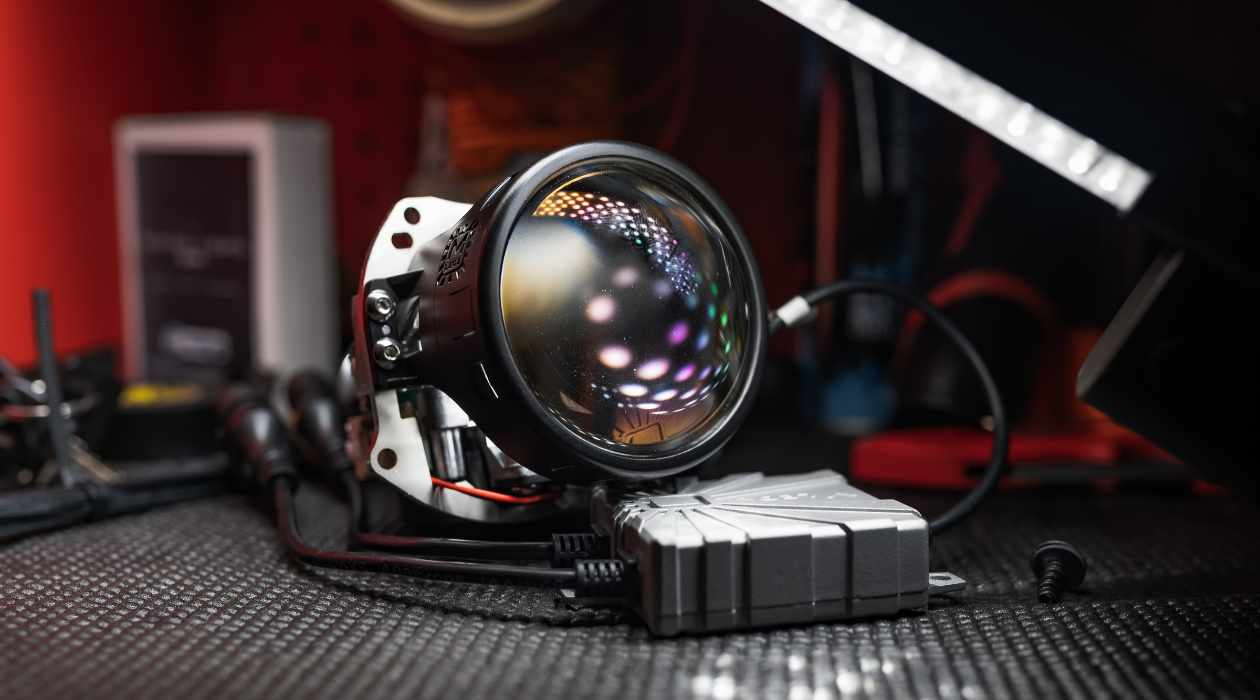
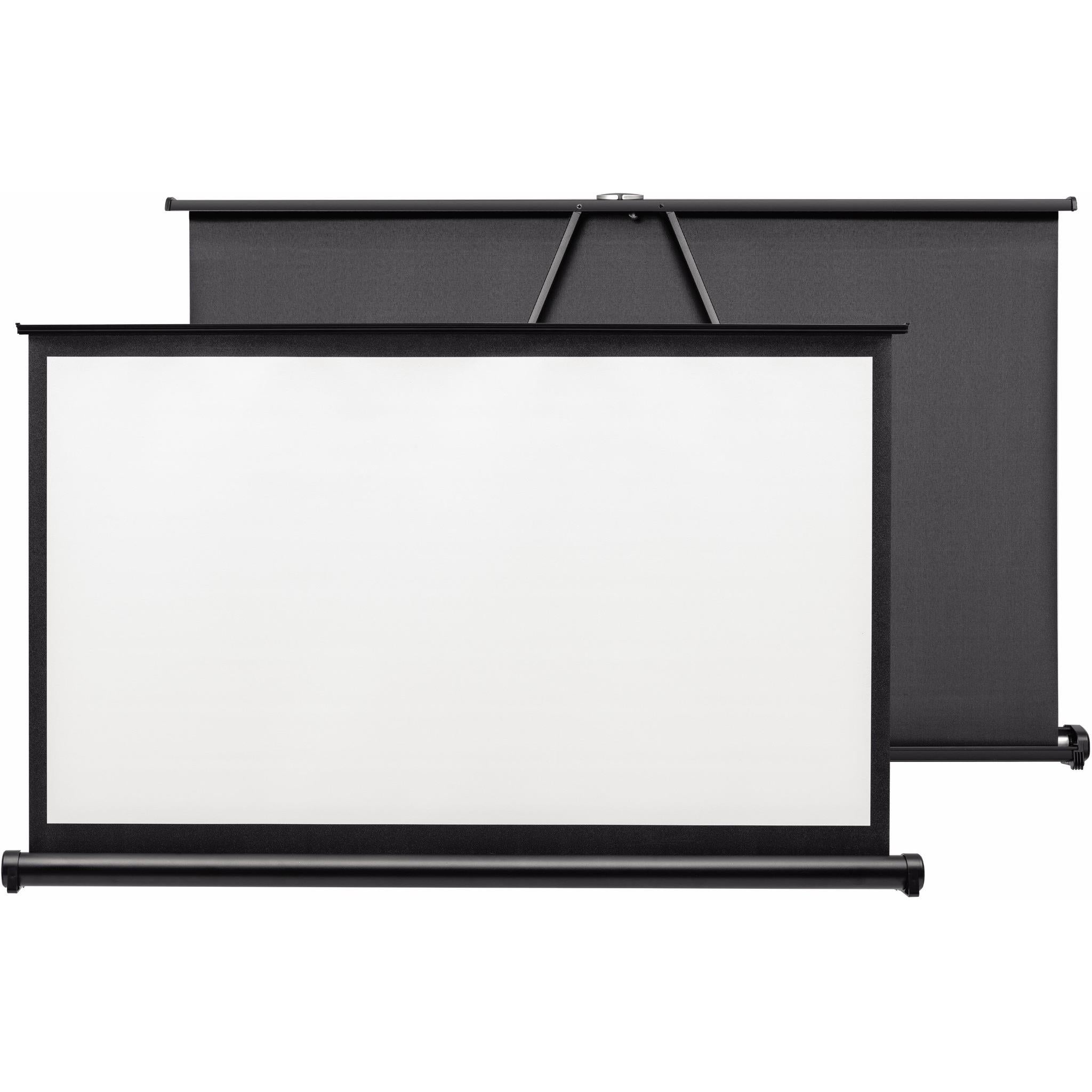
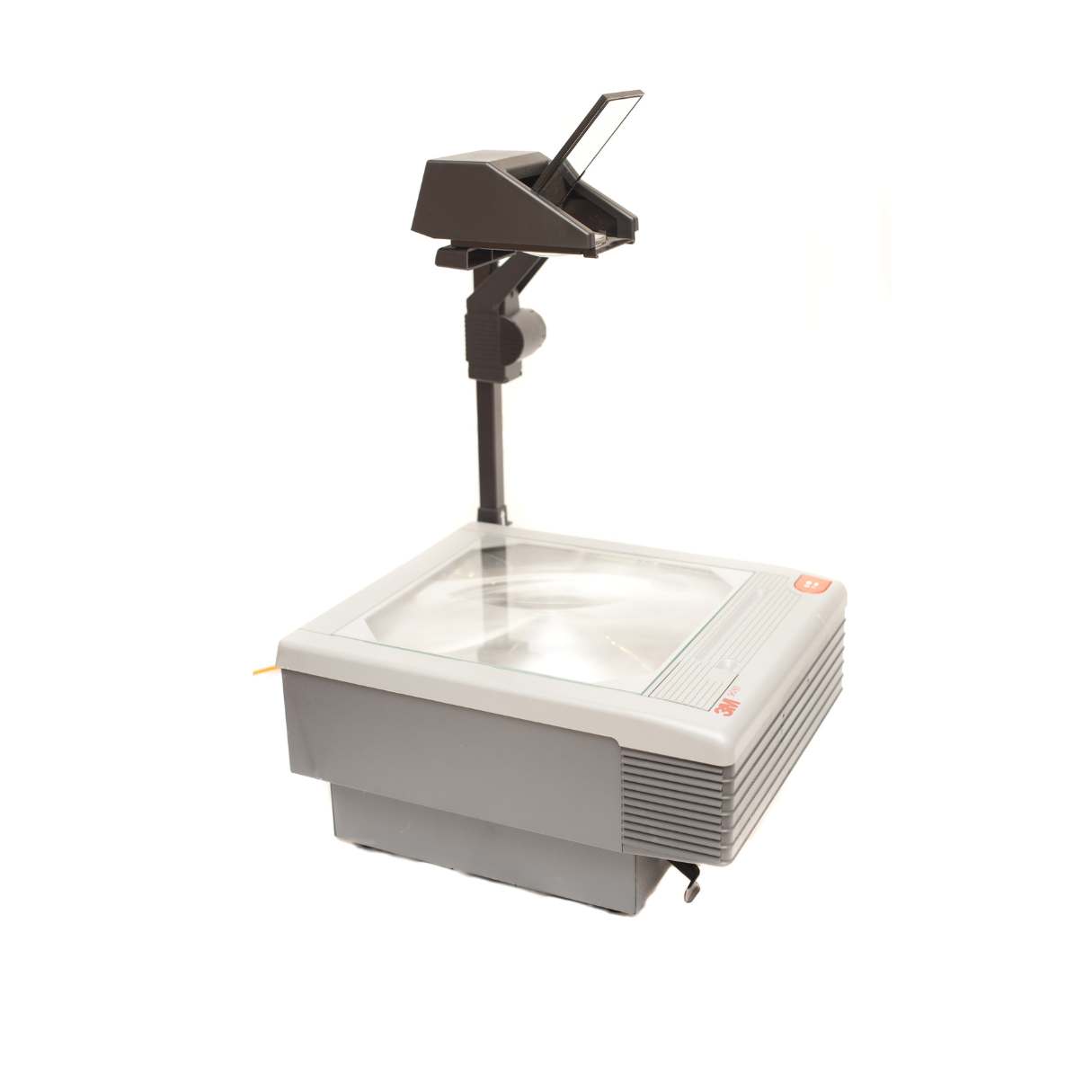
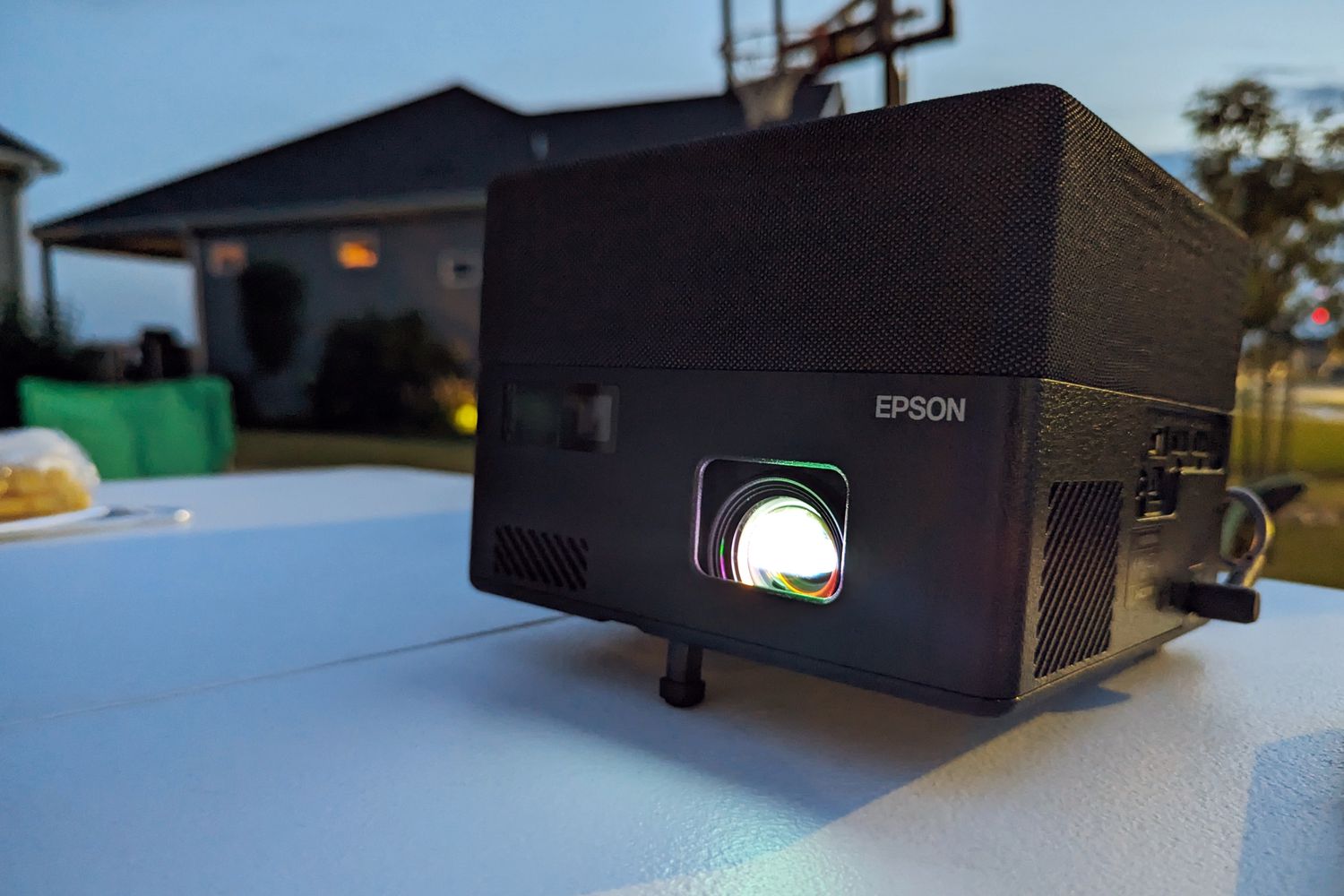
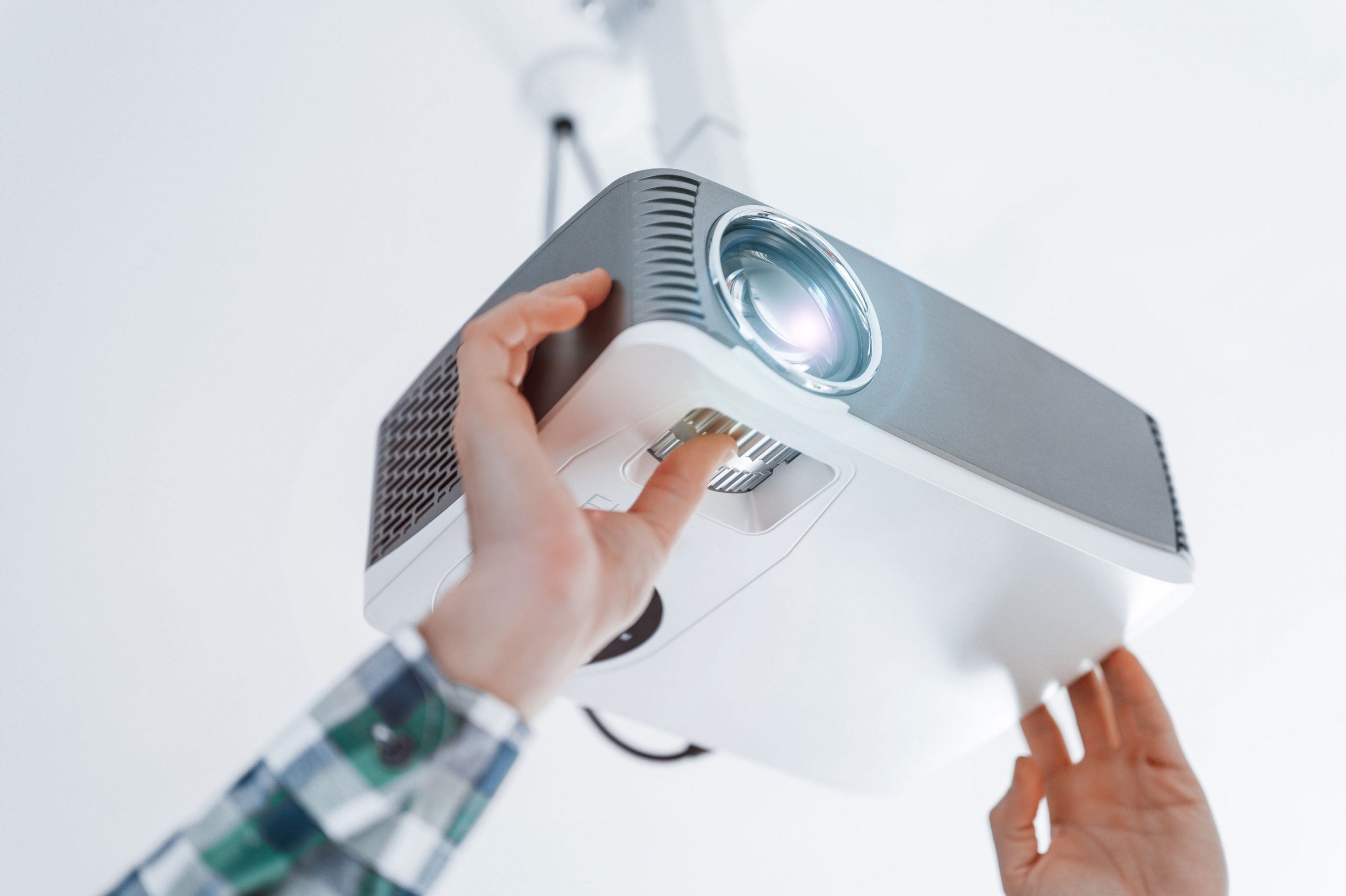
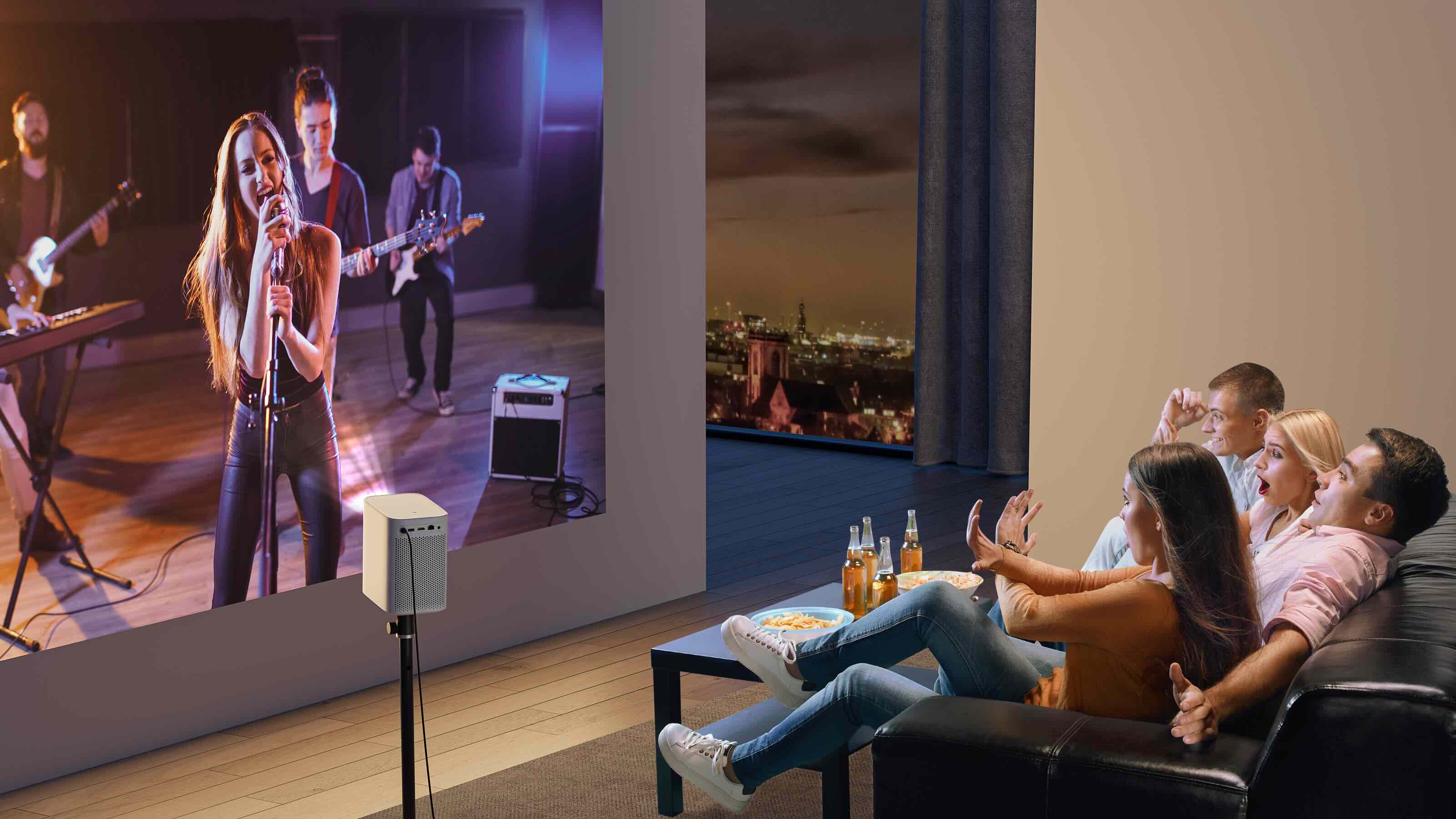







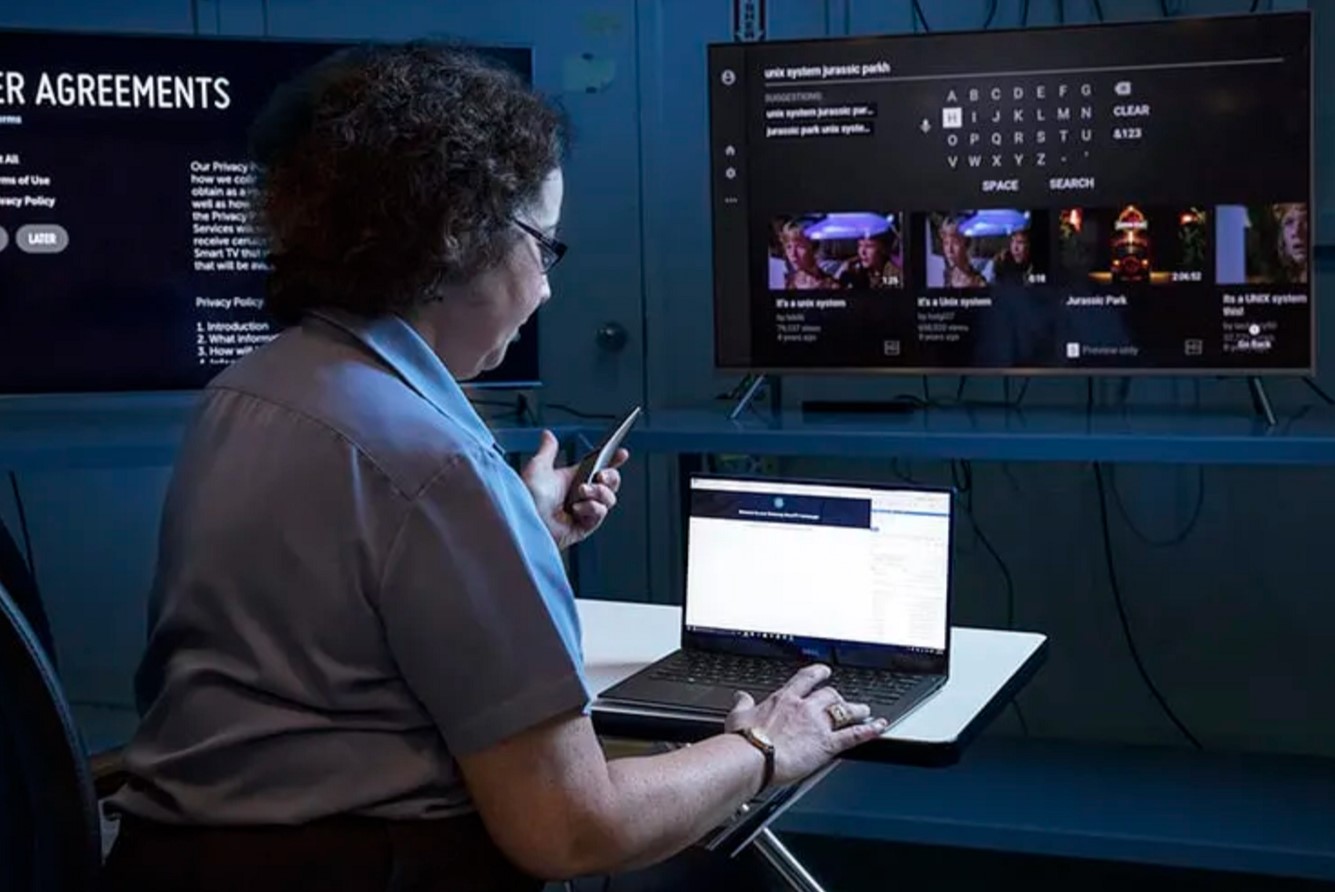

0 thoughts on “How Does A Projector Work?”